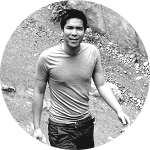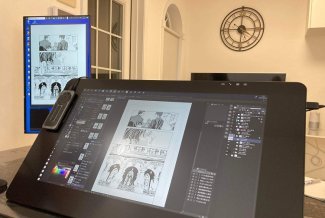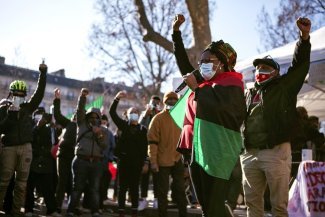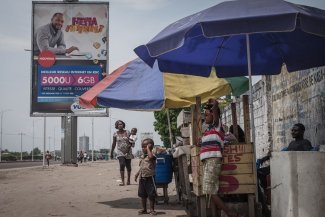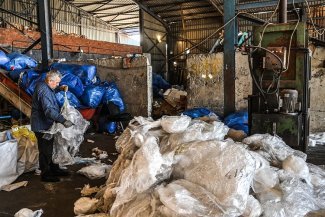Founded in July 2012, the Zaatari refugee camp in Jordan started out with a collection of tents and one caravan set up by the United Nations High Commissioner for Refugees (UNHCR).
Within three years, the camp has evolved into a city, with its own regulations, its own economy and its own aspirations… Caravans have replaced the tents. Businesses have been set up. It is now one of the largest refugee camps in the world.
Over 80,000 Syrians live there, just 20 kilometres away from the country they have been forced to flee.
Much of their time in this camp is spent waiting. There is little else they can do. They wait at the police station to receive a permit to leave the camp, they wait to receive their daily bread, they wait to see a doctor, they wait for the war to come to an end.
Photojournalist Tien Tran went to the Zaatari refugee camp to meet these people caught between the hope of returning to Syria and nostalgia for a life they once knew.
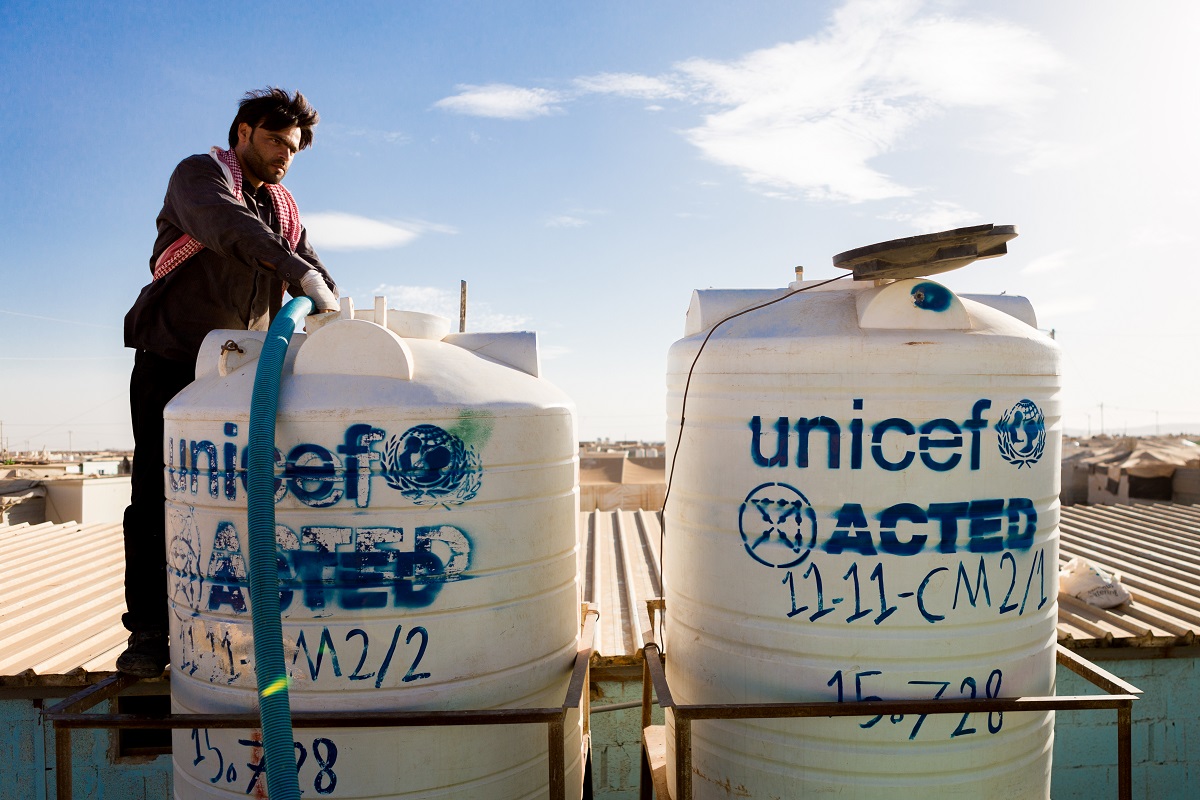
Zaatari, Jordan, 21 October, 2015 (Tien Tran)
Yussuf, who oversees one of the blocks in the camp, makes sure that each family he is responsible for receives the amount of water allocated to them. The water supply is ensured by a continuous convoy of 55 trucks carrying out 220 journeys a day to supply the camp’s 9375 water tanks. Agency for Technical Cooperation and Development (ACTED) supplies between 37 and 43 litres per person, per day, which is just enough to cover everyday needs. The water, electricity and the land are sold or leased by private Jordanian operators. It may seem like a strange setup, but it is, in fact, a way for the government to make the camp’s existence more acceptable in the eyes of the national population.
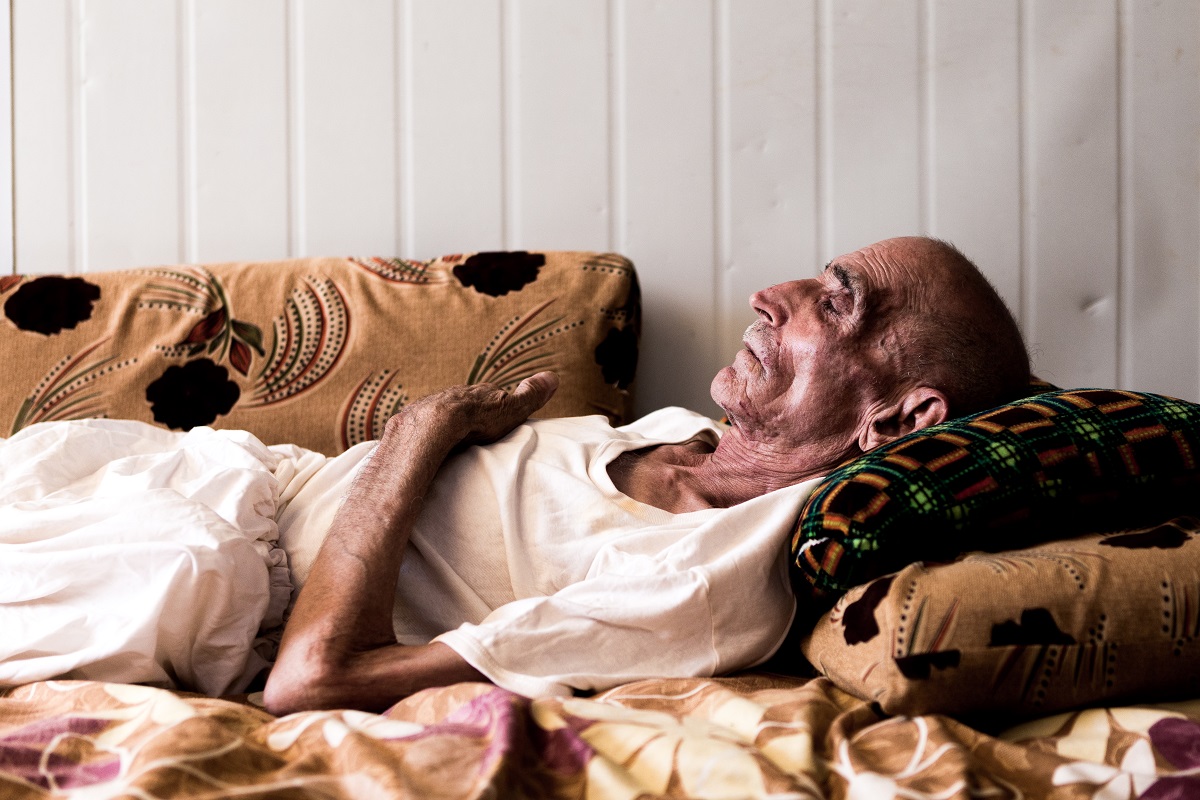
Zaatari, Jordan, 20 October, 2015 (Tien Tran)
Najie Alhaik, aged 70, resting at the entrance of his caravan. Like many refugees at the Zaatari camp, he is originally from Daraa, in southern Syria. In the spring of 2015, he received a telephone call announcing the death of his brother in Syria. Najie felt a pain in his left arm, then his head. He collapsed, having suffered a heart attack. Since then, he has been unable to talk or to move. His wife Fehmia, aged 46, explains: “Life is not easy. We have three children. My eldest daughter is only 10. Twenty Jordanian dinars (US$28) a month per person [the financial assistance given by the World Food Programme, WFP] is not enough.” She sighs. “But I am grateful to the Jordanian government and the organisations in the camp for helping us. We are, after all, only refugees.”
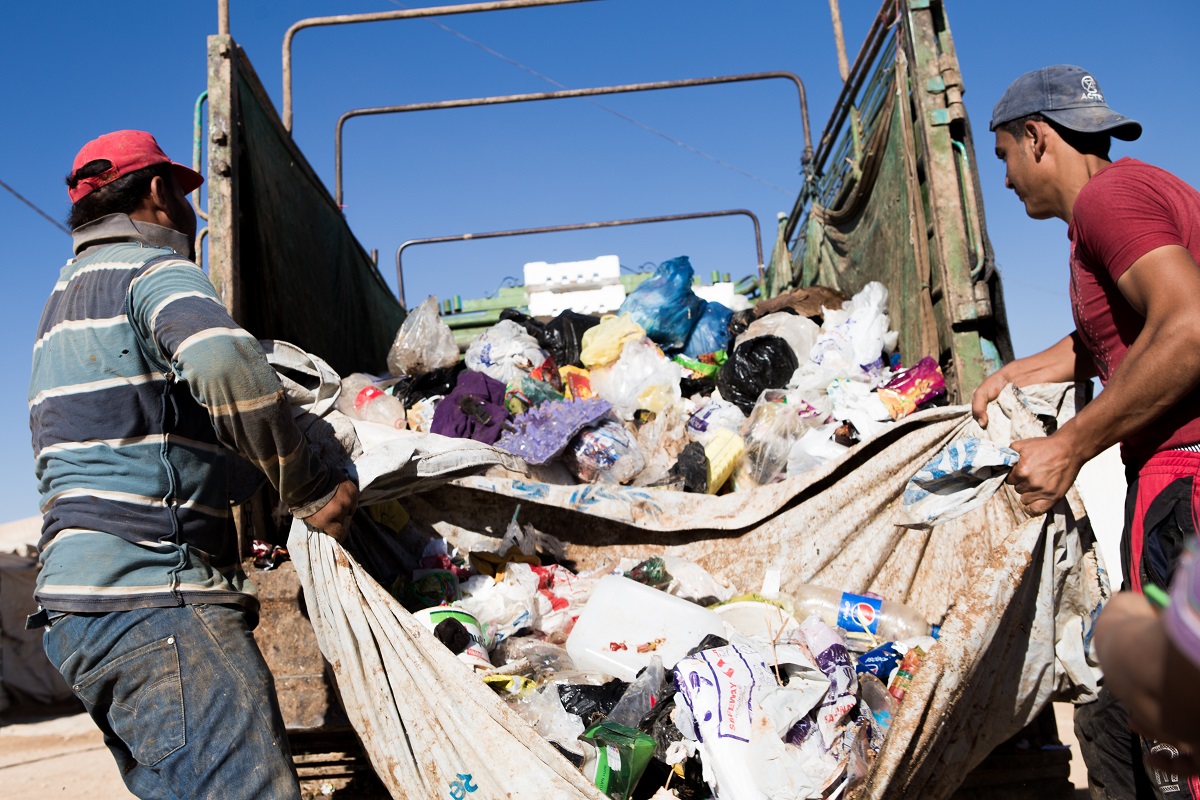
Zaatari, Jordan, 21 October, 2015 (Tien Tran)
In the streets of Zaatari, two refugees collect refuse. Non-governmental organisations (NGOs) provide refugees with employment, cleaning the streets, distributing water, etc., through the “cash for work” system. The pay varies between JD1.00 and JD2.50 an hour (US$1.40 - US$3.30), according to the skills required. Struggling with strained public opinion and an unemployment rate of 12 per cent, the Jordanian government and UNHCR have Jordanians take part in the economic life of the camp. Jordanian nationals occupy almost all the management posts, whilst the Syrians are often left with the menial tasks.
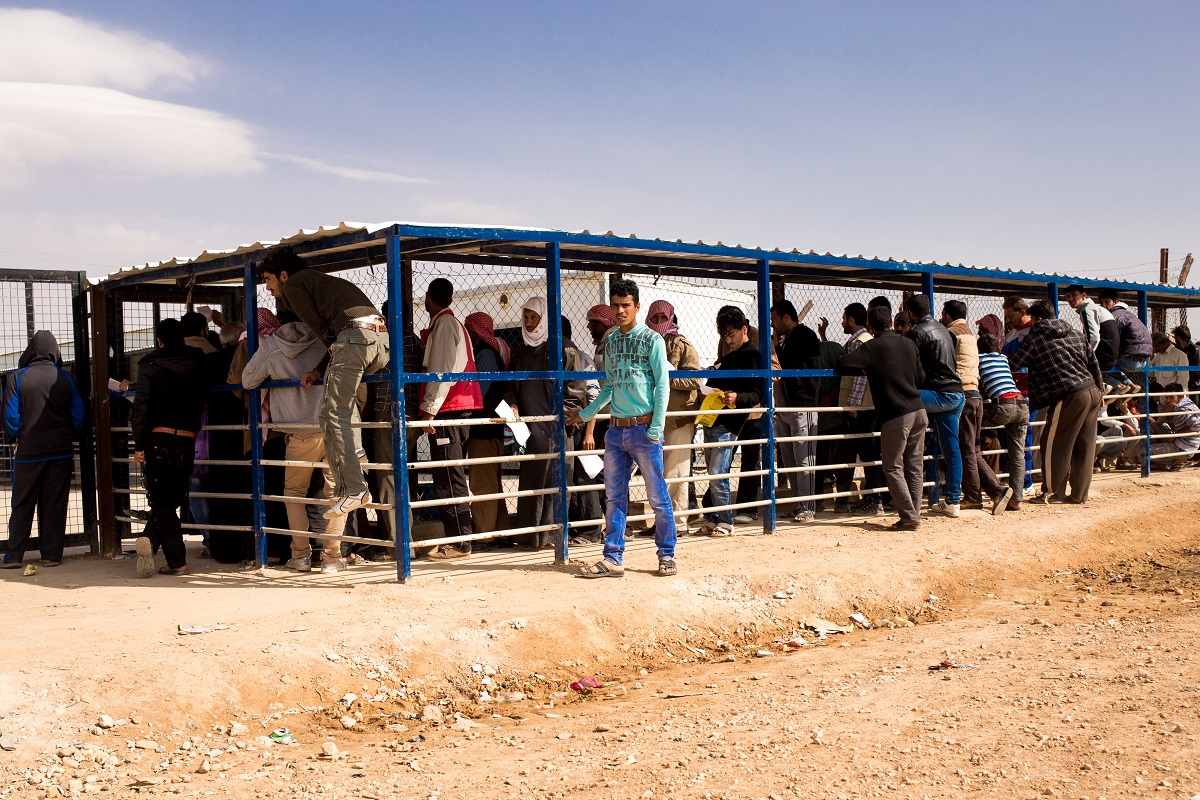
Zaatari, Jordan, 3 November, 2015 (Tien Tran)
Refugees queue for a permit from the Jordanian administration to leave the camp. Some have been queuing since dawn. Before, these permits were only granted in exceptional cases. Now, they are granted almost routinely, as a result of the lobbying by powerful farm owners in the area, keen to have an abundant supply of cheap labour at their disposal. Paid JD1.00 an hour, Syrian refugees work for half the amount earned by their Pakistani counterparts. Employment on the farms around the Zaatari camp is, in fact, a source of tension between Pakistani and Egyptian immigrants, the Syrian refugees and Bedouins. Those profiting are the farm owners, who pit these competing groups against one another to push down wages.
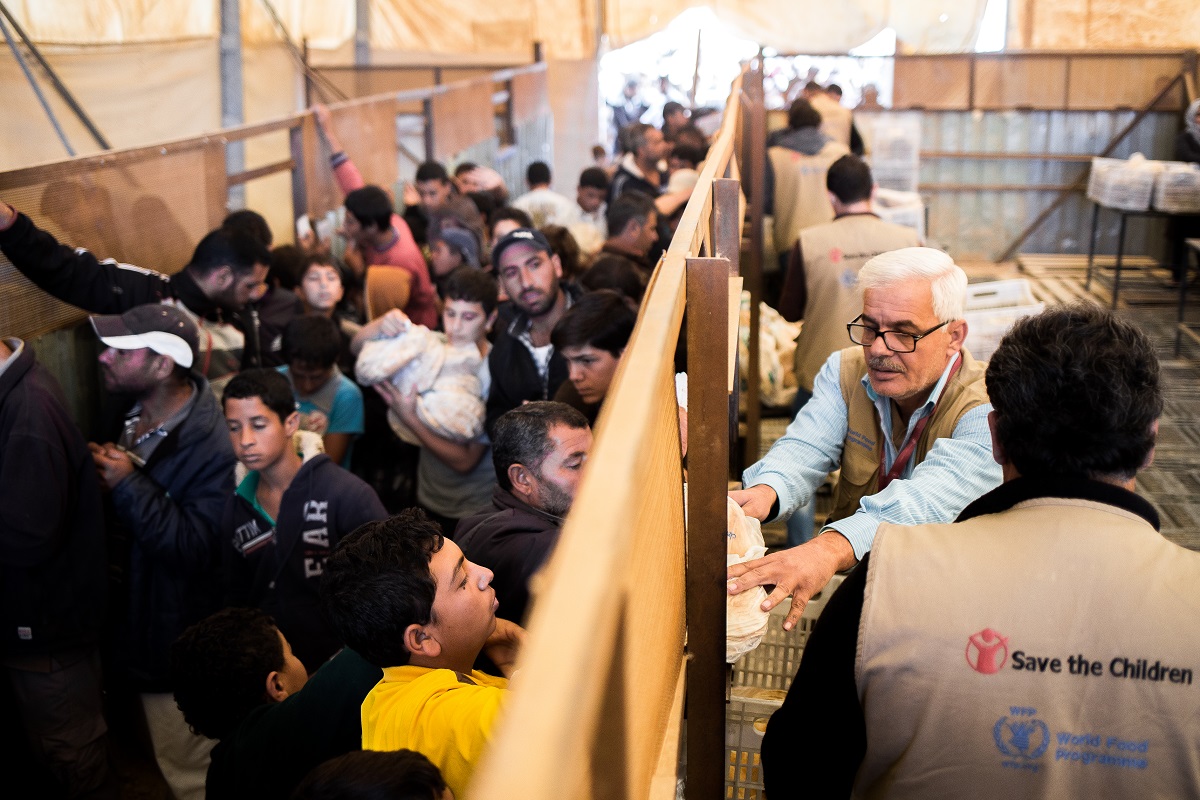
Zaatari, Jordan, 3 November 2015 (Tien Tran)
Refugees come to the WFP distribution centre for their daily ration of bread. They receive 240 grams per day, per person. That morning, the truck was delayed due to a problem with the permit to enter the camp. The four tons of bread had to be unloaded and reloaded onto another truck. People have been waiting outside for an hour. The crowd is disgruntled. The bread arrives, at last.
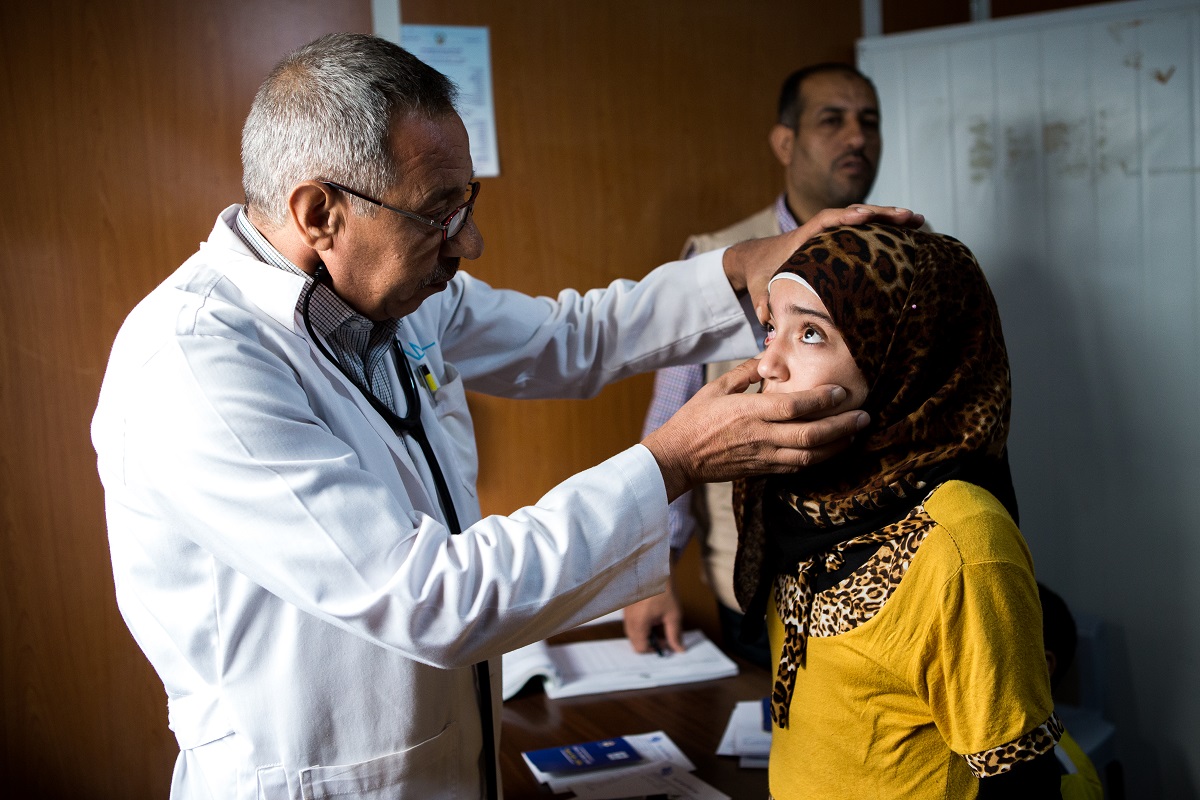
Zaatari, Jordan, 22 October 2015 (Tien Tran)
Young Israa is examined by a doctor at one of the camp’s clinics. Her whole family has conjunctivitis. Each consultation lasts no more than a few minutes. A crowd is waiting outside. Some complex medical procedures have to be performed outside the camp, but they often depend on the goodwill of private sponsors who finance them on a case-by-case basis.
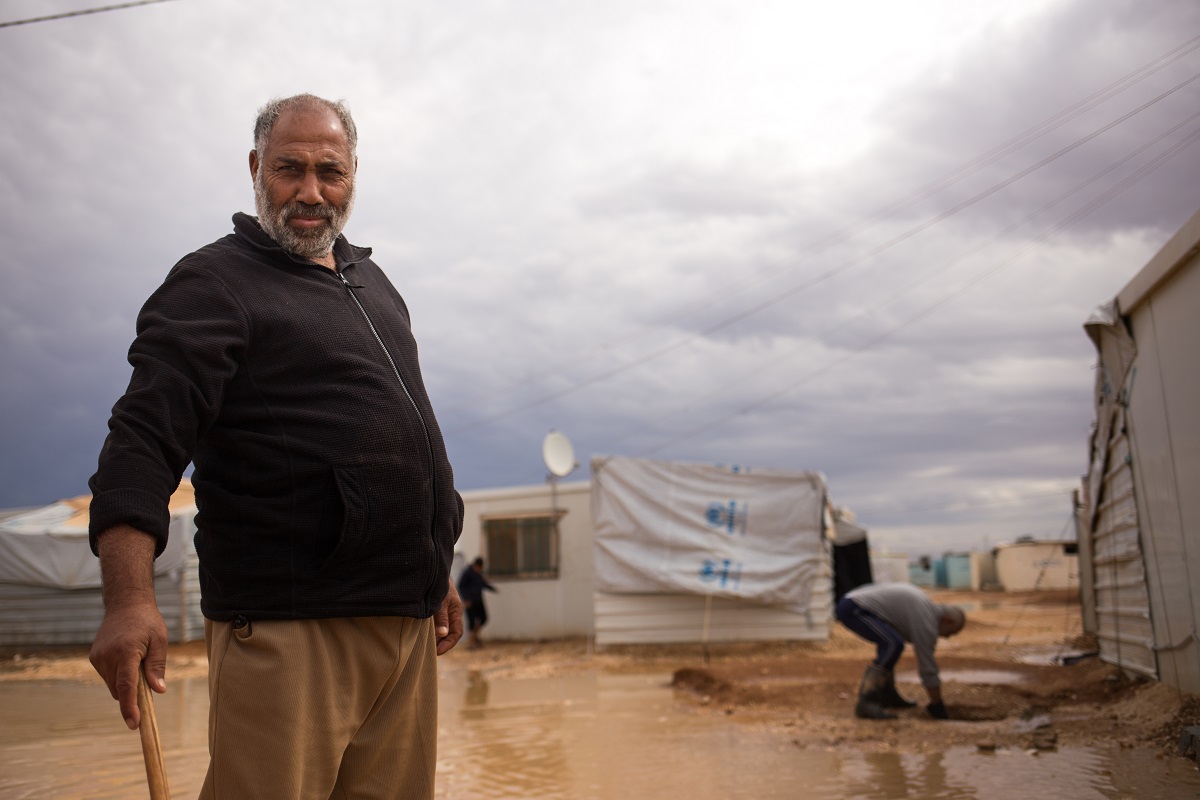
Zaatari, Jordan, 26 October 2015 (Tien Tran)
Salem and his brother battle with the rainwater that has leaked into their home during the night. “We arrived at the Zaatari camp in February 2013. In winter, we spend our time sorting out the water problems,” he tells Equal Times.
“Why did we leave Syria? A bomb hit my house. It collapsed. My cousin died in there. My family and I, thanks be to God, had taken refuge in a shelter in the village with hundreds of other people. We were in there for 24 hours. It was very difficult to get out, with all the rubble. The next day, we decided to leave.”
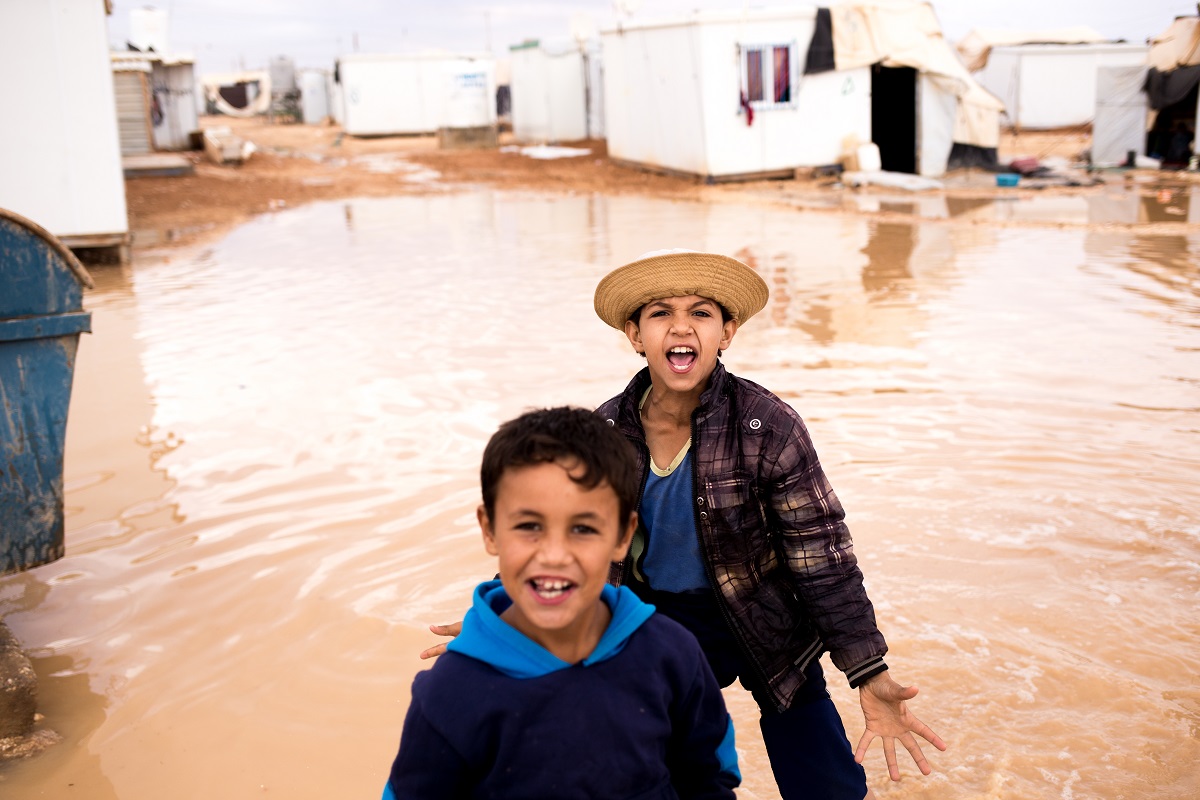
Zaatari, Jordan, 26 October, 2015 (Tien Tran)
For some, the younger ones, the huge pools of water left by the rain are a source of fun.
But the adults know that winter is on its way. And the humidity problems will be compounded by the freezing nights that characterise life in the middle of the desert.


